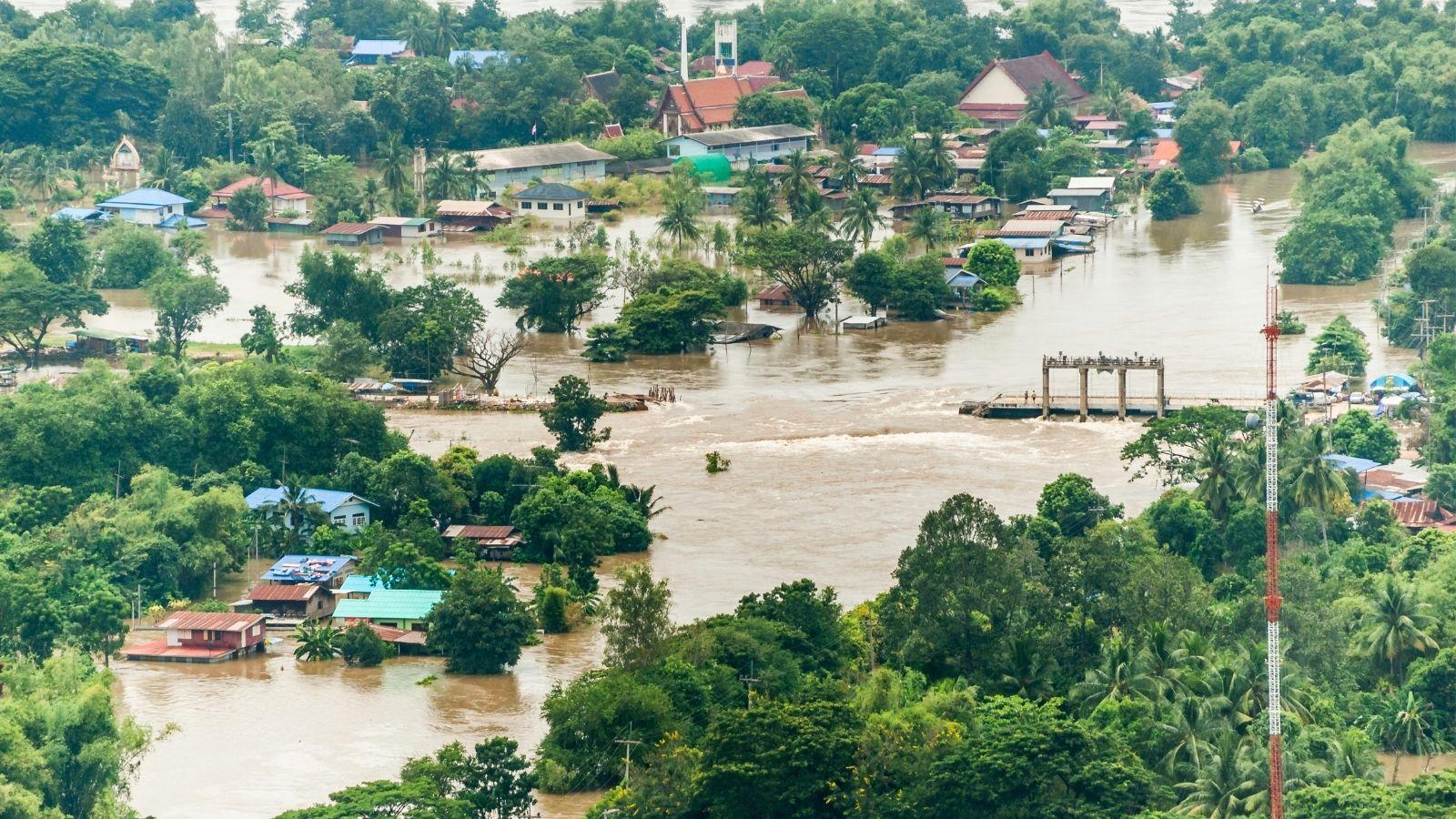The Coalition for Disaster Resilient Infrastructure (CDRI) has released a biennial report highlighting the alarming annual losses in global infrastructure due to the worsening impacts of climate change and disasters. This report underscores the critical challenges faced by low-and-middle-income countries (LMICs) in maintaining resilient infrastructure systems.
I. Magnitude of Annual Losses:
- The global annual average loss (AAL) in principal infrastructure sectors due to disasters and climate change stands between USD 301 and USD 330 billion.
- When including health and education infrastructure, along with building stock, this range increases significantly to USD 732 to USD 845 billion.
- Approximately half of this contingent liability is held by LMICs.
II. Multi-Dimensional Challenges for LMICs:
- LMICs face a complex set of challenges, including a substantial infrastructure deficit that hinders social and economic development.
- Poor-quality infrastructure due to deficiencies in infrastructure governance.
- Asset loss and damage due to disasters, resulting in service disruption.
- Legacy infrastructure ill-suited to address the challenges posed by climate change and technological advancements.
III. Climate Change Amplifies Risks:
- Extreme climate hazards exacerbate disaster risks, asset loss, and service disruptions.
- Existing infrastructure may become dysfunctional.
- Despite increasing efforts in climate change mitigation, the AAL in infrastructure remains high.
IV. CDRI’s Role:
- The CDRI, launched by Prime Minister Narendra Modi in 2019, is an international partnership aimed at enhancing infrastructure resilience to disasters and climate change.
V. Hazard Distribution:
- Geological hazards account for 30% of the total global AAL, while climatic hazards make up 70%.
- Climate change can significantly raise the AAL, impacting high, middle, and low-income countries differently.
VI. Vulnerable Regions:
- Countries with large infrastructure deficits, weak governance, low fiscal capacity, and limited private investment will be most affected by climate change.
- Many of these high-risk countries are located in Sub-Saharan Africa and the Middle East.
VII. Impact on Hydropower Generation:
- Climate change can modify the AAL of hydropower generation, with varying effects on different countries.
- Some may experience significant increases, while others may see reductions in AAL.
VIII. Disparities in Capital Stock:
- High-income countries have a significantly higher per capita value of capital stock compared to LMICs and low-income countries.
- Investments in high-income countries outpace those in LMICs, with the majority going to middle-income countries.
IX. Absolute vs. Relative Risk:
- Some countries, such as the Philippines, Bangladesh, and Vietnam, face both high absolute and relative risks, challenging their infrastructure resilience.
- Small Island Developing States (SIDS) have low absolute risk but high relative risk due to their limited capacity to absorb and recover from infrastructure losses.
Find More Ranks and Reports Here



 Indian Olympic Medal Winners List Till N...
Indian Olympic Medal Winners List Till N...
 Who is the Inventor of the Gramophone?
Who is the Inventor of the Gramophone?
 HS Dhaliwal Appointed New DGP Of Andaman...
HS Dhaliwal Appointed New DGP Of Andaman...
